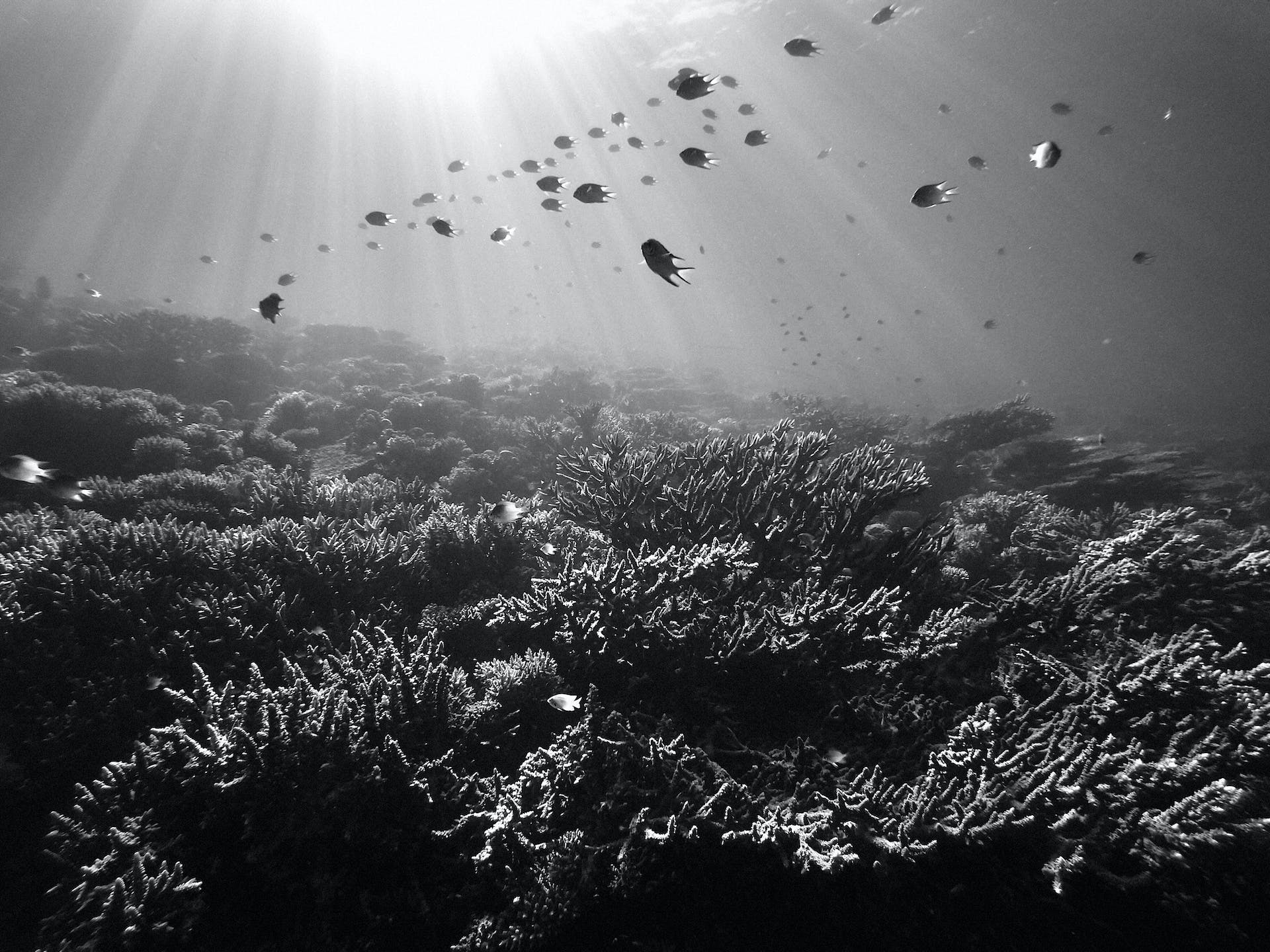Southern Ocean Unveiling the Threatened Symphony of Life
Southern Ocean faces drastic acidification threat. At CU Boulder‘s Institute of Arctic and Alpine Research, a recent study was conducted by researchers. The journal, Nature Communications‘s article offered a shocking prognosis for the state of our oceans. The research sheds light on the pressing environmental issue of ocean acidity. Revealing that by 2100, there will be a significant increase in acidity, Especially in the upper 650 feet of the ocean. This surge is directly linked to human-caused CO2 emissions and poses a serious threat to marine ecosystems, particularly in the Southern Ocean around Antarctica.
MPAs Under the Microscope: Ross Sea and Weddell Sea in Peril
The study scrutinizes the potential impact on MPAs, revealing that both adopted and proposed areas face significant acidification threats. The Ross Sea region, a designated MPA, could experience a staggering 104% surge in acidity by 2100 under the highest-emission scenario. This ominous projection raises concerns for phytoplankton and shell-bearing organisms vital to the marine food web. Despite its relative seclusion, even the isolated Weddell Sea is not immune, underscoring the critical need for significant CO2 emissions reduction.
Southern Ocean Vulnerability: A Ticking Time Bomb
Researchers predict a potential 100% surge in acidity within the upper 200 meters of the Southern Ocean, emphasizing its susceptibility due to colder waters that absorb more CO2 and natural ocean currents that contribute to acidity. The consequences of such an increase are far-reaching, posing a substantial threat to marine life and the delicate balance of ecosystems, with MPAs, crucial for biodiversity, in the line of fire.
Invasive Species and Climate Change as Emerging Threats
Because of both ocean acidity and climate change, the Southern Ocean is becoming increasingly conducive to the invasion of marine life. Because of growing human activity and the consequences of climate change, natural defenses are being undermined, which might lead to the invasion of non-native species. This poses a threat to the delicate food web, compounded by the challenge of studying the icy waters of the Southern Ocean.
Anthropogenic and Natural Carbon: A Dual Threat
A study at the tip of the Antarctic Peninsula highlighted different patterns of anthropogenic carbon uptake and acidification progress in adjacent regions. Despite these differences, the pH values indicate a similar acidification status in subsurface waters. The study emphasizes the dual threat of anthropogenic and natural carbon sources to ocean acidification.
These findings underscore the urgency of reducing CO2 emissions to prevent severe ocean acidification, particularly in the Southern Ocean. The study calls for strong emission mitigation efforts and management strategies, including the continuation and expansion of Antarctic MPAs, to safeguard ecosystems and preserve unique marine biodiversity.
